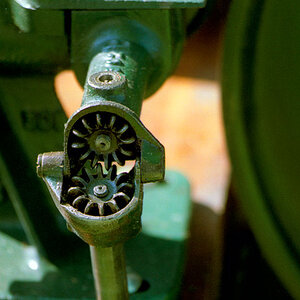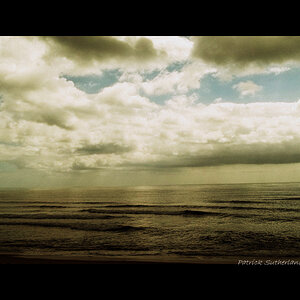nos33
TPF Noob!
- Joined
- Oct 19, 2010
- Messages
- 193
- Reaction score
- 7
- Location
- Utah
- Can others edit my Photos
- Photos OK to edit
So when i shoot HDR, is it better to adjust exposure by .5, 1 or 2? I have noticed that I loose a lot only shooting 3 brackets at -2, 0 +2 and I plan on taking more exposures. so is adjusting anything by .5 too much?


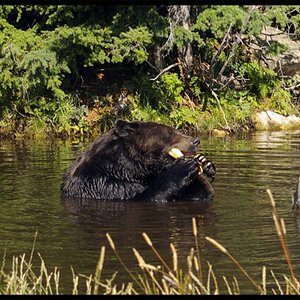
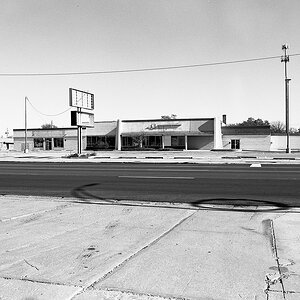
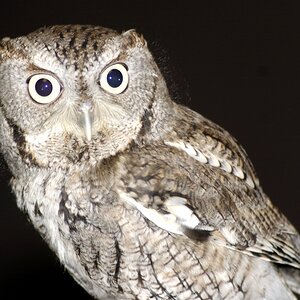
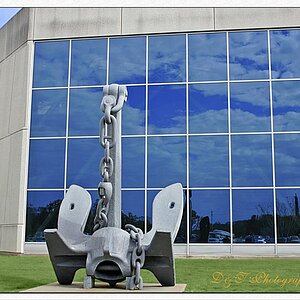
![[No title]](/data/xfmg/thumbnail/40/40288-4d5d7a8aa74ddfceb5fb82062d9b21be.jpg?1619739409)
![[No title]](/data/xfmg/thumbnail/31/31095-2b52a6dcc956382cffdd384ae4d156f2.jpg?1619734612)
![[No title]](/data/xfmg/thumbnail/30/30989-2ed4e52fa80fcd0ba553c515ffc589cd.jpg?1619734553)
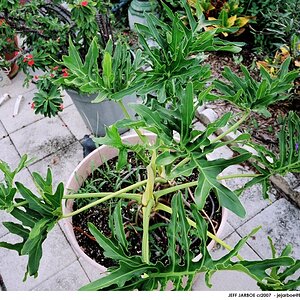
![[No title]](/data/xfmg/thumbnail/42/42397-30faa170de7ed9be38adf00b9b26a220.jpg?1619740167)
![[No title]](/data/xfmg/thumbnail/36/36132-5bd4fa365c199003273e0ff128bf42f4.jpg?1619737384)
